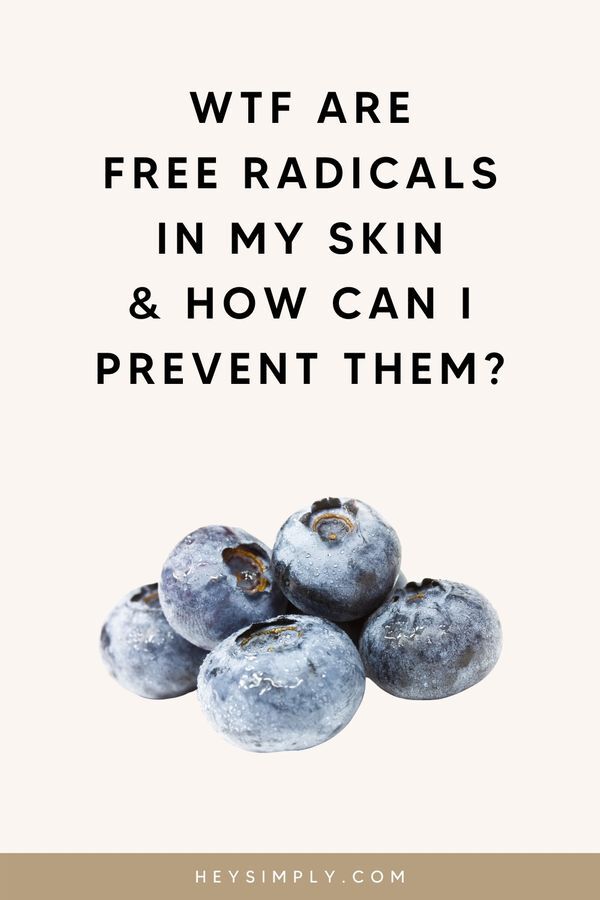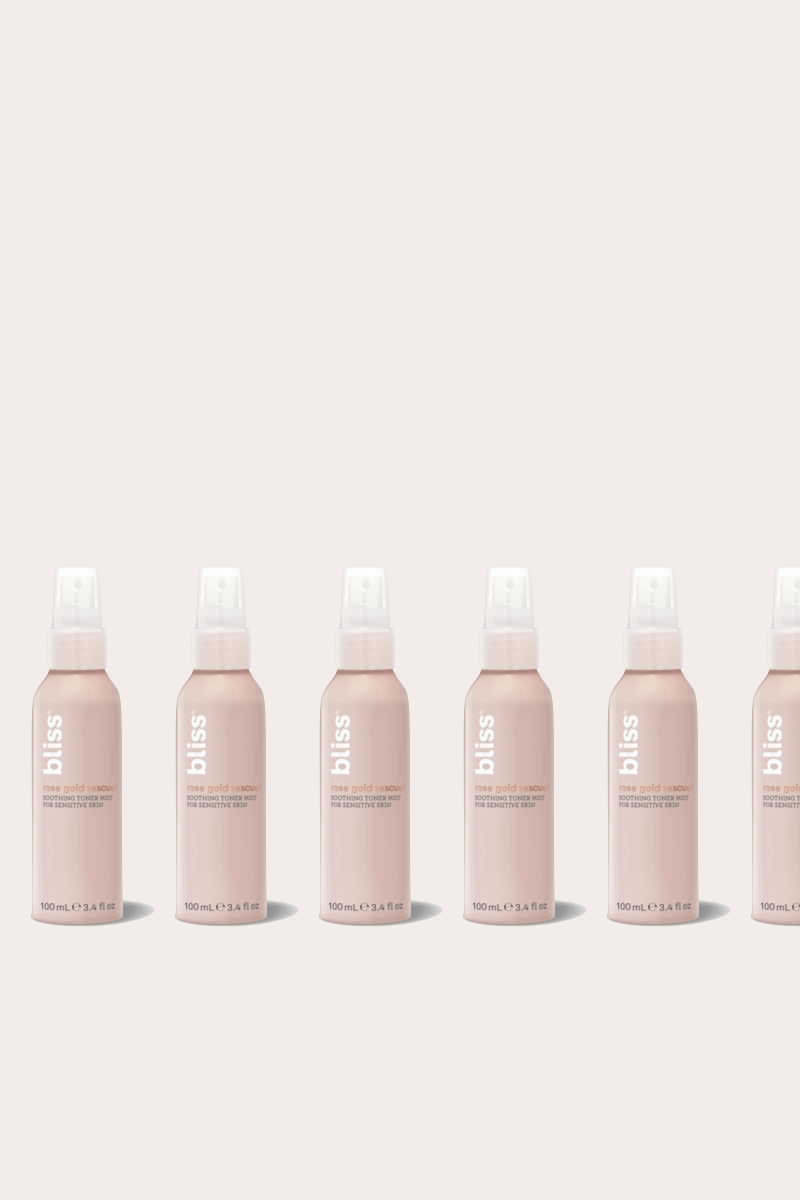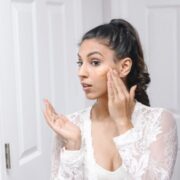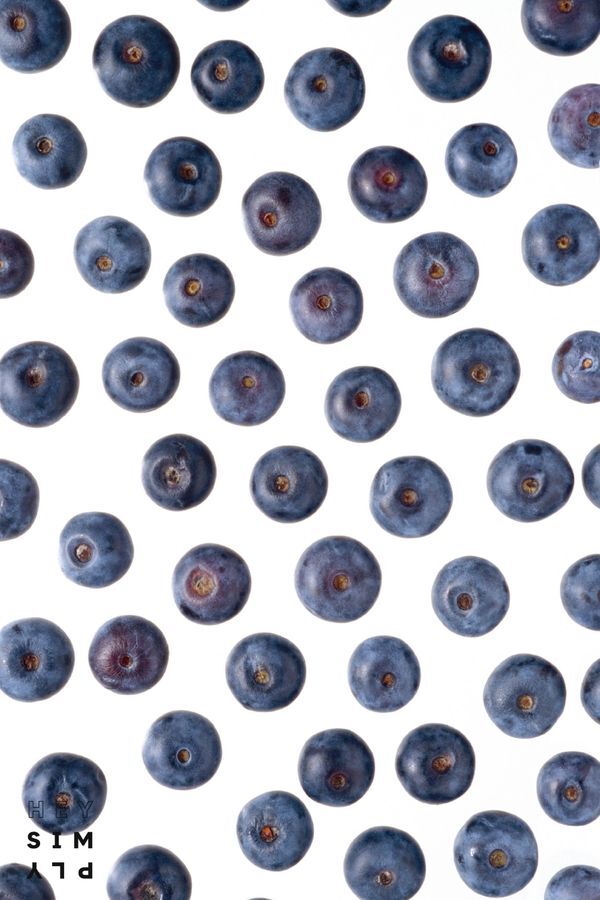Fine, I’ll admit it: chemistry was not my strong suit in high school. In fact, my South Asian parents pretty much banished me after I got a less than acceptable grade in the subject. Who knew that all it took to get me interested in molecular compounds was realizing real-world uses for these abstract concepts. Today, I’m going to share the science behind how our skin shows signs of aging (fine lines and wrinkles) and what prevention measures we can take. Buckle up, this is going to be major Magic School Bus vibes. You can call me Miss Sizzle. Here’s an explanation of why our skin ages and what you can do about it.

[In case you didn’t get that reference, you may be too young for this post i.e. you don’t know that Miss Frizzle was the teacher on the popular children’s cartoon series The Magic School Bus – but I digress]

Why Our Skin Ages?
WHAT ARE FREE RADICALS?
In the world of skincare science, we need to know one very important term: Free Radicals. It sounds like some type of third-party hippy faction from the 60s, but in fact, it’s much more simple. To understand this, we need a mini chemistry refresher:
Molecules are made up of atoms. Atoms are made up of a nucleus, protons, neutrons, and electrons. Electrons orbit the atom in one or more shells. The innermost shell is “full” when it has two electrons. When the first shell is full, electrons begin to fill the second shell. (The second shell is full when it has 8 electrons – ICYWW.)
Related: WTF Is Toner & Why Do I Need It?
Free Radicals are unpaired electrons. They rob other cells of electrons causing damage. They generally attach the nearest stable molecule, “stealing” its electron to make itself stable. Creating a domino effect. When an “attacked” molecule loses its electron, it becomes a free radical and it begins a chain reaction that results in the disruption of a living cell.
HOW ARE FREE RADICALS CREATED?
Free Radicals can be created in a number of ways. However, environmental factors like pollution, radiation, smoke, and herbicides can spawn free radicals.
Related: Hyaluronic Acid Sounds Scary – But Is It?
WHAT DO FREE RADICALS DO?
Free Radicals are usually to blame for wrinkles, loss of skin elasticity, and skin suppleness otherwise known as the signs of skin aging.
HOW TO PREVENT FREE RADICALS?
Vitamin C and E are known to protect the body against the destructive effects of Free Radicals. Antioxidants neutralize Free Radicals by donating one of their own electrons which ends the chain reaction of electron-stealing drama. I know what you’re thinking – won’t the antioxidants themselves become free radicals if they donate an electron? Luckily – the answer is no. Antioxidants are stable in either form. Their job is to help prevent cell and tissue damage that leads to cellular damage.
Related: Makeup Wipes Are Actually The Devil – Here’s Why
I hope this helped you learn a little bit more about how to protect your skin and why Vitamin C is so essential for your skin. We have an entire post on the other benefits of Vitamin C here.













